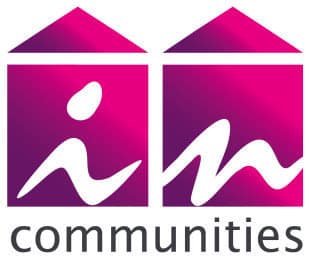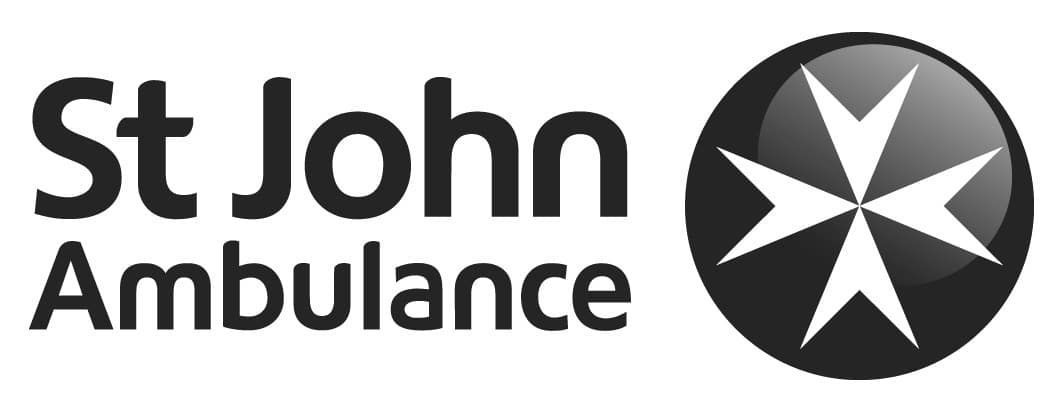ERP Programme Health

Why ERP Programme Health Matters
The health of your ERP programme is a critical indicator of your organisation’s ability to deliver meaningful change. When your programme is in good health, it becomes a key tool for operational improvement, cultural alignment, and business growth. But when issues go unchecked, they can quickly escalate and lead to delays, spiralling costs, and disengaged teams.
Prioritising ERP programme health means looking beyond the technology to ensure your people, processes, and culture are all moving in the same direction. Data health is also a potential risk which is often overlooked or de-prioritised, a data health check can minimise future pain.
ERP programme health is all about creating the right conditions for success: clear objectives, strong leadership, and a shared commitment to change. At Nine Feet Tall, we know that regular health checks are essential for spotting early warning signs, maintaining momentum, and making sure your ERP journey delivers lasting value.
How to Assess Your ERP Programme Health
Assessing the health of your ERP programme is a holistic exercise. It’s not just about ticking off milestones or staying within budget, it’s about understanding how well your programme is delivering against its objectives and whether your teams are equipped to embrace new ways of working. Start by reviewing your project’s scope and governance structure. Are roles and responsibilities clear? Is there active engagement from stakeholders at every level?
Look at how effectively change management is being handled. Are your people informed, prepared, and supported? Consider whether your resources and skills are sufficient for the tasks ahead, and if your timelines and budgets are realistic. Finally, measure progress against your intended outcomes to ensure you’re on track to realise the benefits you set out to achieve. A structured, honest assessment will highlight strengths and reveal areas that need attention, allowing you to make informed decisions and keep your programme healthy.
Nine Feet Tall have been an exceptional partner for us, they joined a very ambitious piece of work which was already in flight, moving at pace and had very little structure. Remarkably they were able to understand the ask and add value and support very quickly. To me the differentiator between NFT and other consultancies is how ‘normal’ their consultants are, they fit in with our team instantly, they understood our culture, pain points and nuances and got to work! We have delivered a very significant piece of market leading work which will set us up for future success and we truly couldn’t have done it without NFT. Thank you for your support, challenge and sense of humour!
Grace Slater
Head of Transformation,
Sainsbury's
Key Indicators of a Health ERP Programme
A healthy ERP programme should have:
Clear, shared vision and objectives
Strong governance and empowered leadership
Active stakeholder engagement
Robust change management and communication
Early identification and mitigation of risk
Continuous measurement of metrics
Tracking these indicators helps you stay ahead of potential issues and maintain momentum throughout your ERP journey.
Common Risks and How to Address Them
Every ERP programme will encounter risks at some point, but the difference between success and failure often comes down to how you respond. Unclear requirements, scope creep, and lack of stakeholder buy-in can all threaten progress. Whilst insufficient change management could lead to resistance, and resource gaps or integration challenges could create costly delays.
Addressing these risks starts with fostering a culture of openness and collaboration. Engage stakeholders early and often, communicate the reasons for change, and provide ongoing support to your teams. Strong governance, with clear roles and rapid decision-making, is essential to keep the programme on track. Regular health checks allow you to spot issues before they escalate and adapt your approach as needed, ensuring your ERP programme remains resilient and focused on delivering real value.
ERP Health Check Tool
Use our free ERP Transformation Health Check tool today and get the answers you need to assure your programme.
How we work with you
We will take the pain away and get projects over the line. We bring a practical and pragmatic approach to project recovery from our people-focused team. We thrive on the difficult and succeed by understanding stakeholder sensitivities with an agile and ‘just enough’ approach. We re-build momentum, bring back the passion and help get back on track, whilst supporting teams to deliver successful go live.

Our Latest ERP Insights
Frequently Asked Questions
ERP inventory management offers several advantages for retail businesses, including seamless multi-channel integration. By using ERP systems, retailers can manage inventory across multiple sales channels, such as physical stores, e-commerce platforms, and marketplaces. This ensures consistent and accurate product availability information, leading to improved customer satisfaction. Furthermore, accurate inventory data provided by ERP systems reduces instances of backorders and out-of-stock items, enhancing the overall customer experience and fostering customer loyalty.
ERP systems excel at managing surplus inventory by providing insights into slow-moving or obsolete items. By analysing inventory data, ERP systems help businesses make informed decisions about discounting, liquidating, or repurposing excess stock. This reduces surplus inventory, freeing up valuable warehouse space and capital, ultimately improving the bottom line. Additionally, ERP systems enable businesses to minimise the risk of excess holding costs associated with surplus inventory.
ERP systems facilitate efficient planning of replenishment orders by integrating various factors such as current inventory levels, historical sales data, lead times, and demand forecasts. By analysing these variables, ERP systems generate accurate and timely replenishment suggestions, minimising the risk of stockouts or overstocking. This helps businesses optimise their inventory levels, reduce holding costs, and ensure timely availability of products to meet customer demand.
The future of ERP is being shaped by trends such as cloud-first adoption, composable ERP architectures, artificial intelligence integration, and a shift toward modular, incremental implementations. These innovations enable faster deployment, greater flexibility, and improved business insights.
AI is transforming ERP by automating data analysis, predicting project bottlenecks, and streamlining configuration and testing processes. This leads to smarter, more efficient ERP implementations and helps organisations make data-driven decisions faster.
Composable ERP allows businesses to select and integrate only the modules they need, resulting in enhanced agility, scalability, and cost savings. This approach supports rapid adaptation to market changes and evolving business requirements, making it a cornerstone of the future of ERP.
Check Your ERP Health Today
Get in touch with one of our ERP experts and disucss the health of your ERP transformation today.













